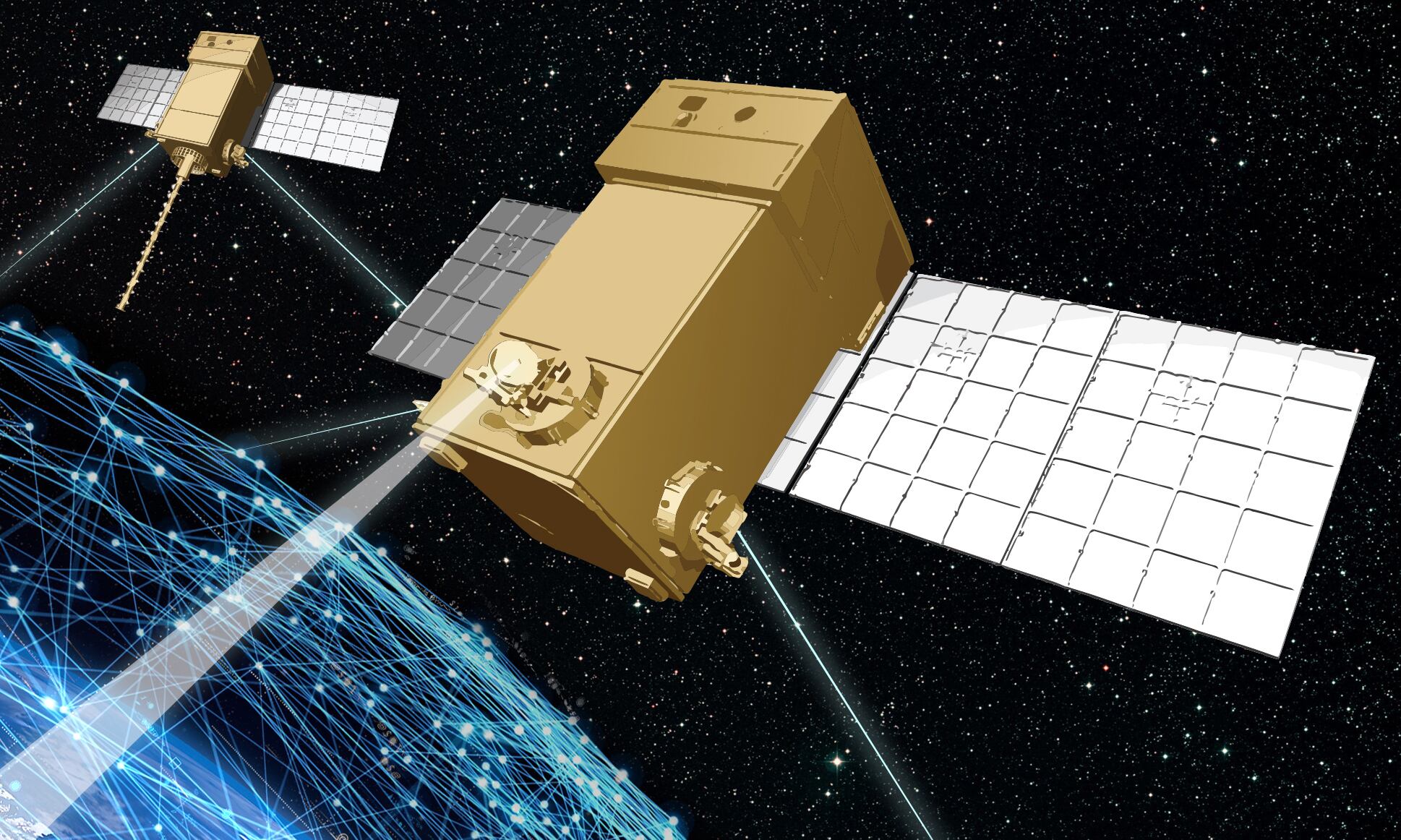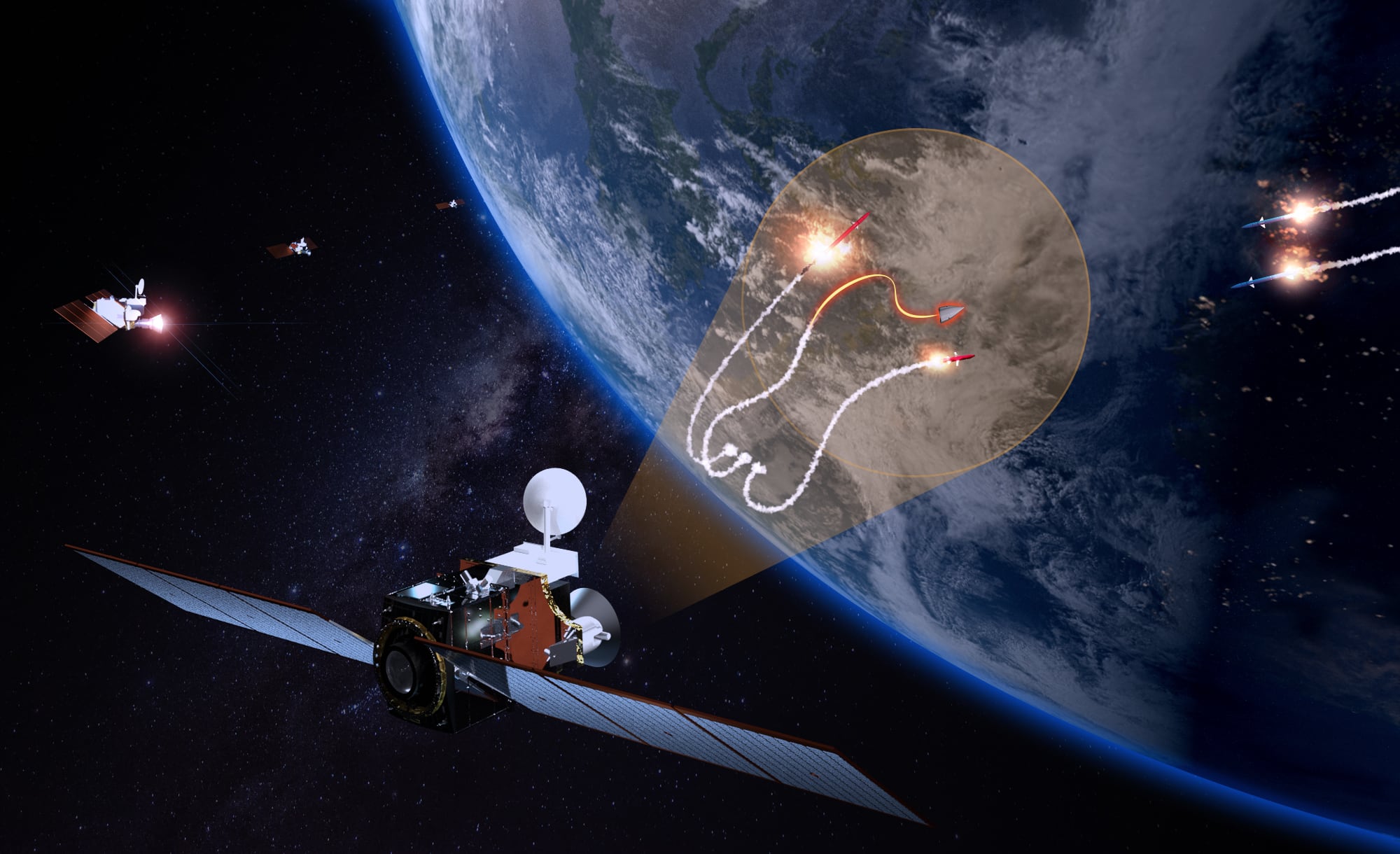WASHINGTON — The Space Development Agency launched another experimental satellite Aug. 10 as it tries to reduce risk for its first satellites on orbit, set to begin launch in fall 2022.
Carried into orbit aboard the Cygnus NG-16 spacecraft during its Commercial Resupply Services mission to the International Space Station, the Prototype Infrared Payload, or PIRPL, will test the use of a multispectral sensor to detect ballistic missiles from low orbits. The payload will remain attached to the Cygnus N-16, burning up when the space vehicle deorbits.
Established in 2019, SDA’s mission is to develop a new proliferated constellation made of hundreds of small satellites mostly operating in low Earth orbit — flying less than 1,200 miles above the Earth’s surface. That’s in contrast to most military constellations, which usually include just a handful of satellites in geostationary orbit flying 22,236 miles above the Earth’s surface. Instead of launching the whole constellation at once, the agency is building out its architecture in two-year tranches, beginning with an initial constellation of about 30 satellites to begin launching in 2022.
RELATED

The U.S. Space Force’s current missile warning satellites — the Space Based Infrared System — currently operates in geostationary orbit. But with concern mounting over anti-satellite weapons being developed by China and Russia, the military has expressed interest in spreading out those capabilities over multiple orbits. That would make it harder to severely inhibit the United States’ missile warning capability by disabling one satellite.
SDA is working with the Missile Defense Agency to field a new missile warning constellation as part of its architecture. In addition to providing resiliency, the new constellation would be better suited to detecting and tracking hypersonic threats, which are far dimmer than ballistic missiles and difficult to see from geostationary orbit. By placing those sensors more than 20,000 miles closer to the Earth’s surface, they can more easily pick up the relatively brighter threats. SDA awarded L3Harris and SpaceX $193 million and $149 million respectively to develop four satellites equipped with wide field of view, overhead persistent infrared sensors.
PIRPL is the first experiment in that missile warning capability, known as the Tracking Layer. The sensor will give SDA its first look at the infrared background noise of the Earth’s surface, ocean and atmosphere at different times of day and night. Understanding that is the first step to being able to pick out the hypersonic threats from space.
The prototype began with internal investments by Northrop Grumman before the SDA awarded the company $13.8 million to fund it through flight, said an SDA official.
The agency previously launched five satellites comprising three experiments in June.
POET — an offshoot of DARPA’s autonomous mission management system, Pitboss — is a hosted payload that will test the ability to fuse mission data on orbit.
The other two experiments — Mandrake II and LINCS — consist of two satellites each. Both will independently demonstrate optical intersatellite links, or OISL. When SDA launches its main satellites, OISL will provide the connective tissue of an orbital mesh network.
SDA said those satellites remain healthy and on orbit, and are expected to begin communicating with each other by the end of August. SDA expects to begin algorithmic work with POET in the coming weeks.
Meanwhile, an SDA official said that its tranche 0 satellites are both progressing on schedule, with launch slated for September 2022.
Nathan Strout covers space, unmanned and intelligence systems for C4ISRNET.








